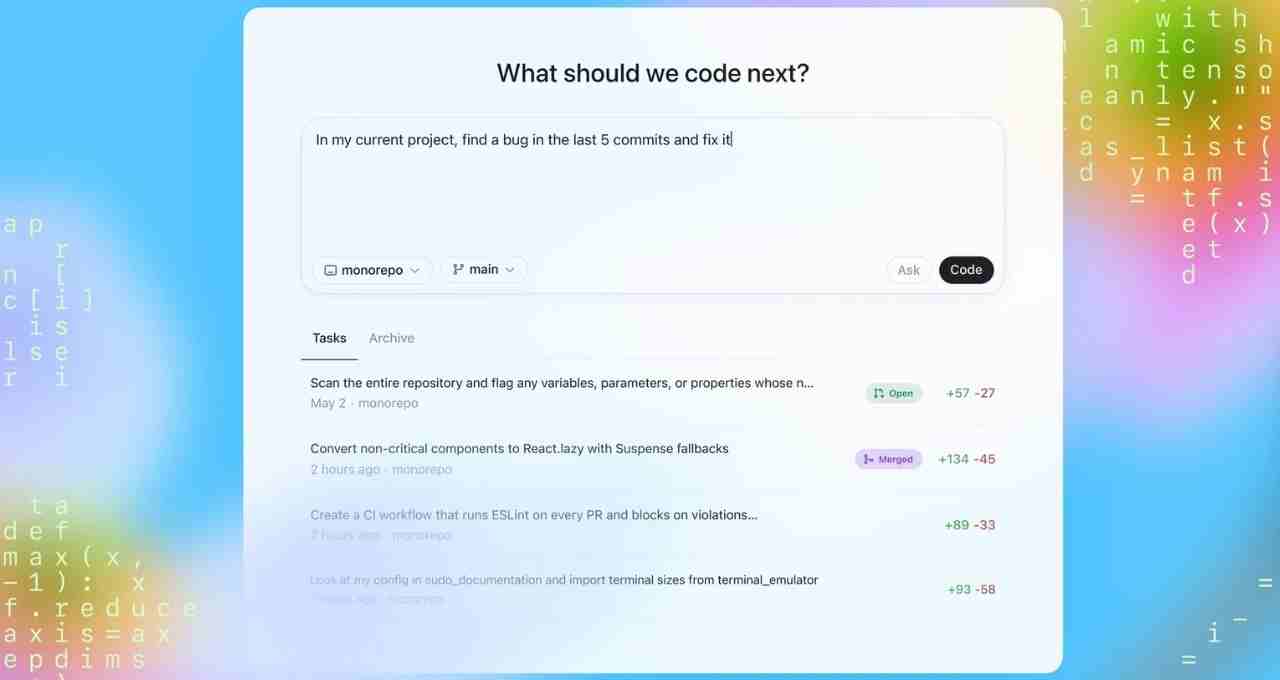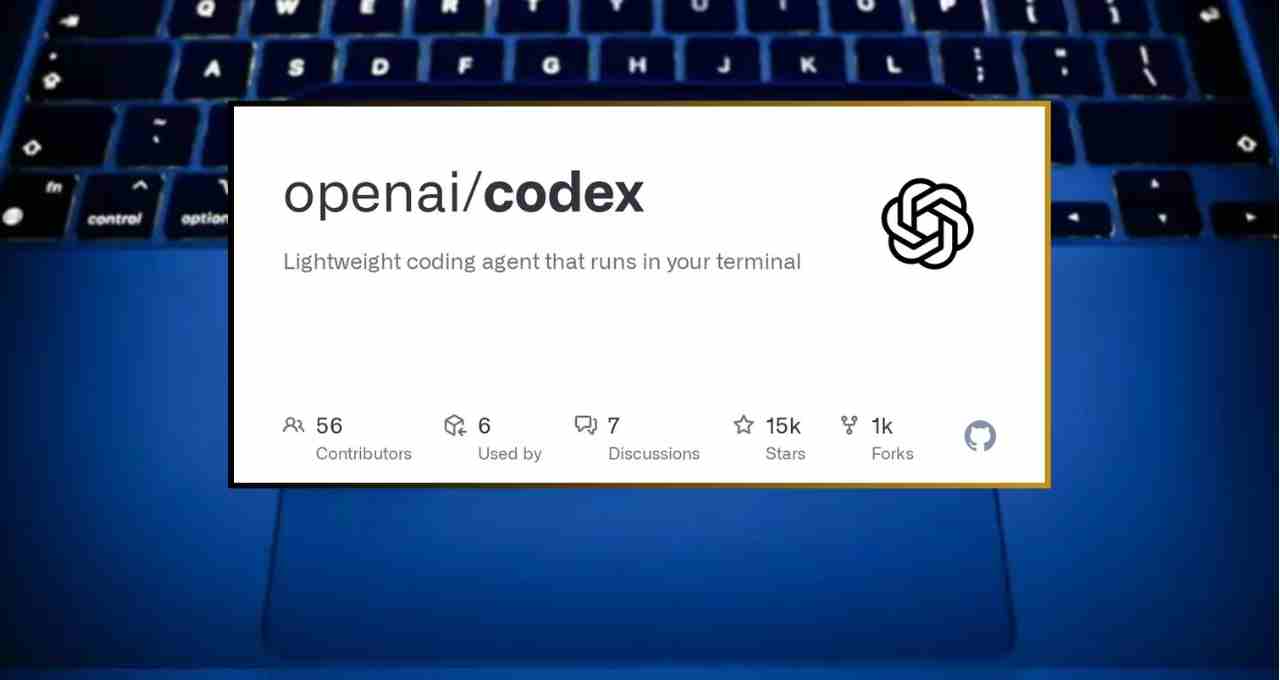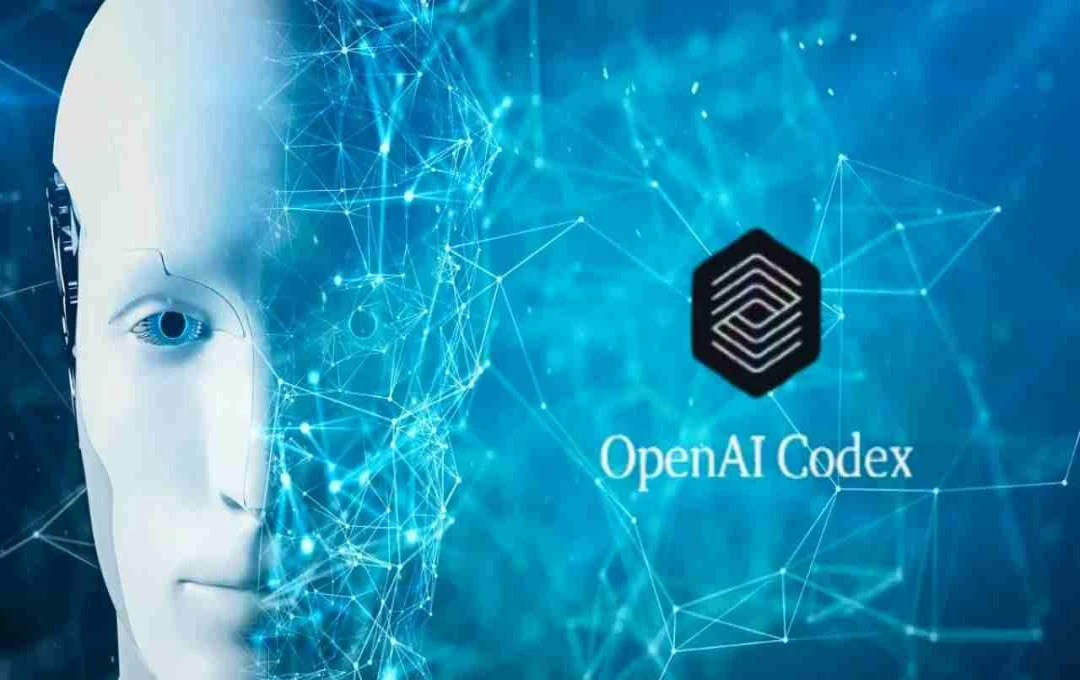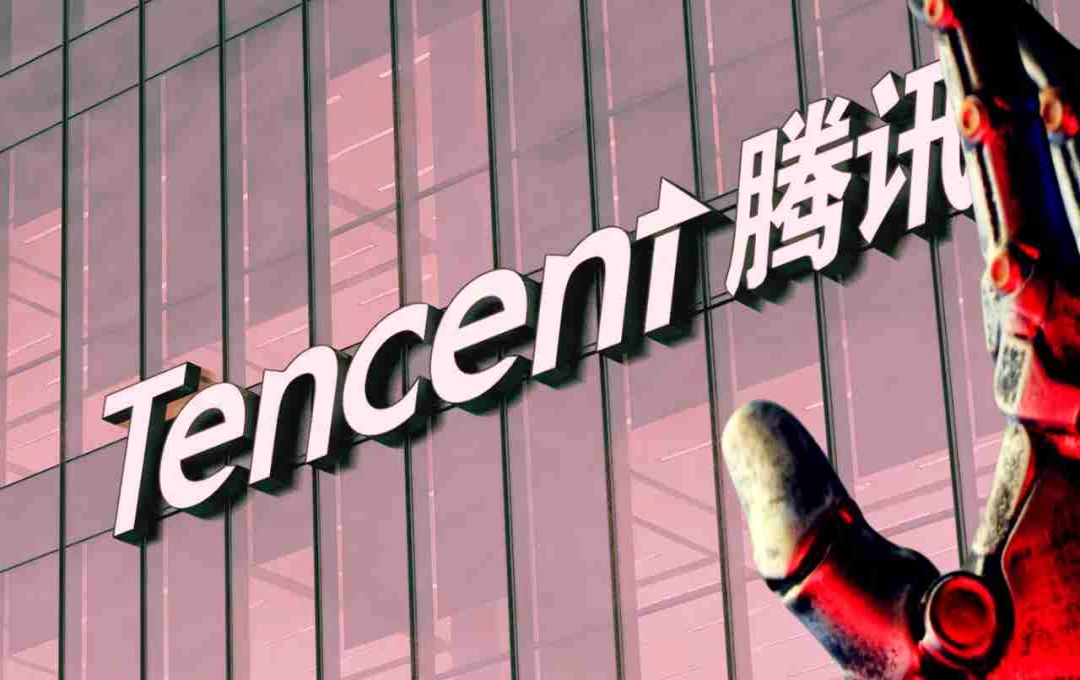OpenAI has once again revolutionized the world of Artificial Intelligence (AI) with the recent launch of its new AI coding tool, Codex. Specifically designed to simplify the complexities of software development, Codex aims to assist individuals in coding, even without extensive technical knowledge, bringing them closer to becoming software engineers.
Based on codex-1, a variant of OpenAI's high-tech o3 reasoning model, this AI agent is now also available within ChatGPT, poised to completely transform the coding experience. Let's explore five key features that distinguish Codex from other coding tools.
1. What is Codex?
Codex is OpenAI's latest AI-powered coding assistant, integrated within ChatGPT. This cloud-based tool serves as an all-in-one platform for software developers and programmers. Codex is capable of handling multiple development tasks simultaneously, including writing code, fixing bugs, performing testing, and providing technical information about the codebase.
These tasks are executed within a secure, isolated sandbox environment, pre-connected to the user's project repository. In this way, Codex intelligently manages every aspect of development, saving programmers valuable time.

2. What Technology Underpins Codex?
Codex is built upon codex-1, a specialized version of OpenAI's cutting-edge o3 reasoning model. This model has been trained on numerous real-world software development scenarios. Its key features include emulating a human-like coding style and adhering to user instructions until the code functions correctly. Codex continuously tests and refines the code to ensure a flawless final product.
3. Who Can Use Codex?
Currently, Codex is accessible to users with ChatGPT Pro, Enterprise, and Team plans. OpenAI has announced that it will soon be integrated into ChatGPT Plus and Edu plans, enabling students and beginners to benefit from its capabilities. This will make learning to code and working on projects significantly easier.
4. How to Use Codex?
Codex is available as an option in ChatGPT's sidebar. Users simply need to input their new programming task into the sidebar and select the "Code" option. If there are questions related to the codebase, the "Ask" button can be used to query them. Each task is executed within a cloud workspace, pre-loaded with the user's files, ensuring seamless workflow.
5. What Happens After Task Completion?
Upon completing a task, Codex saves the changes made within its sandbox. It also provides the complete terminal log and test results, allowing users to see the modifications made. Users can then review these changes, create a Pull Request on GitHub, or directly apply updates to their development files.

Benefits of Codex and Future Prospects
Codex will not only simplify coding tasks but will also prove to be a powerful tool for individuals lacking a technical background. This tool has the potential to bring forth new talent from all walks of life, enabling individuals to learn programming and create their own software without extensive effort. This move by OpenAI is considered a significant milestone in the democratization of technology.
Codex could drastically reshape the landscape of engineering and software development in the future, where not only experts but also ordinary individuals will possess a fundamental understanding of coding.













